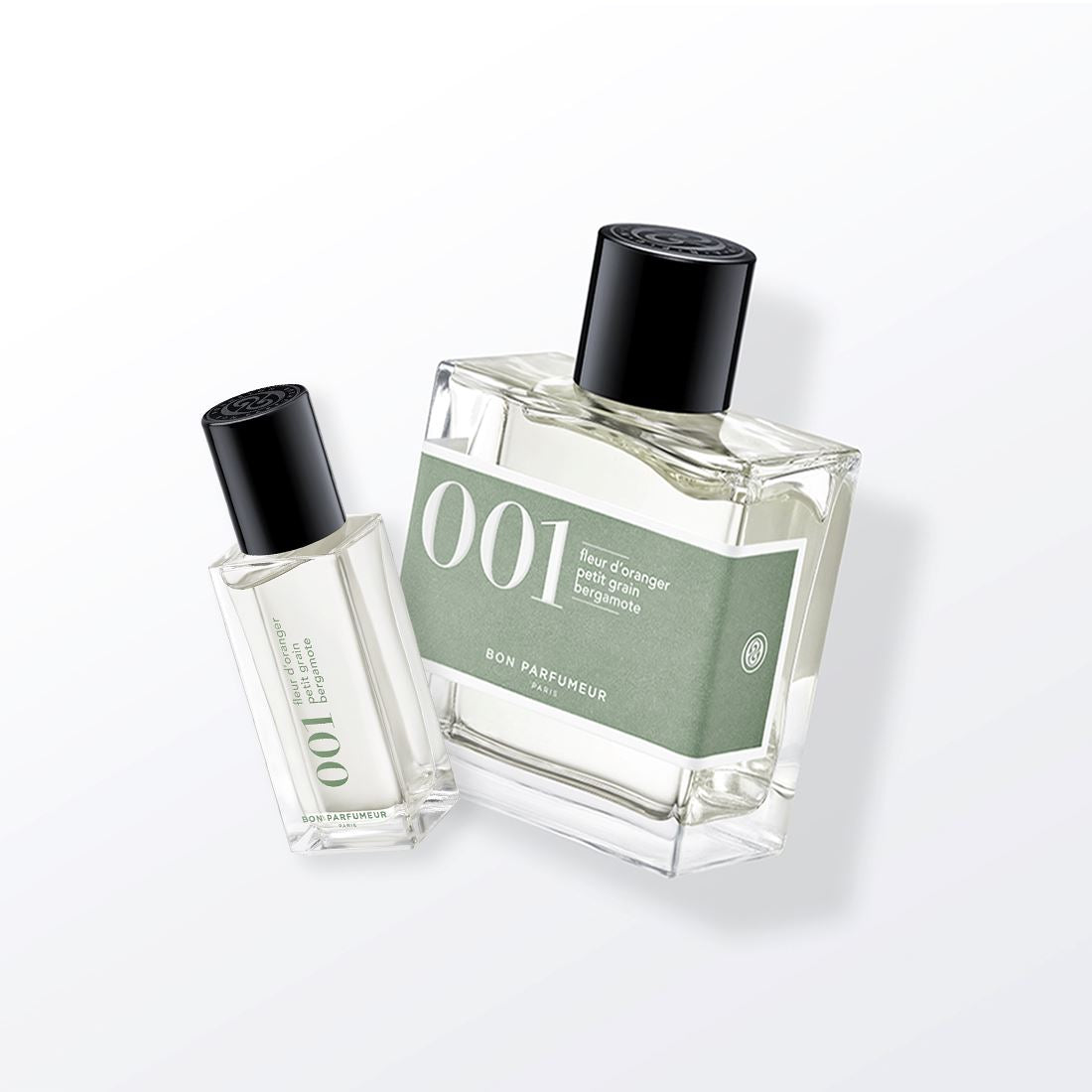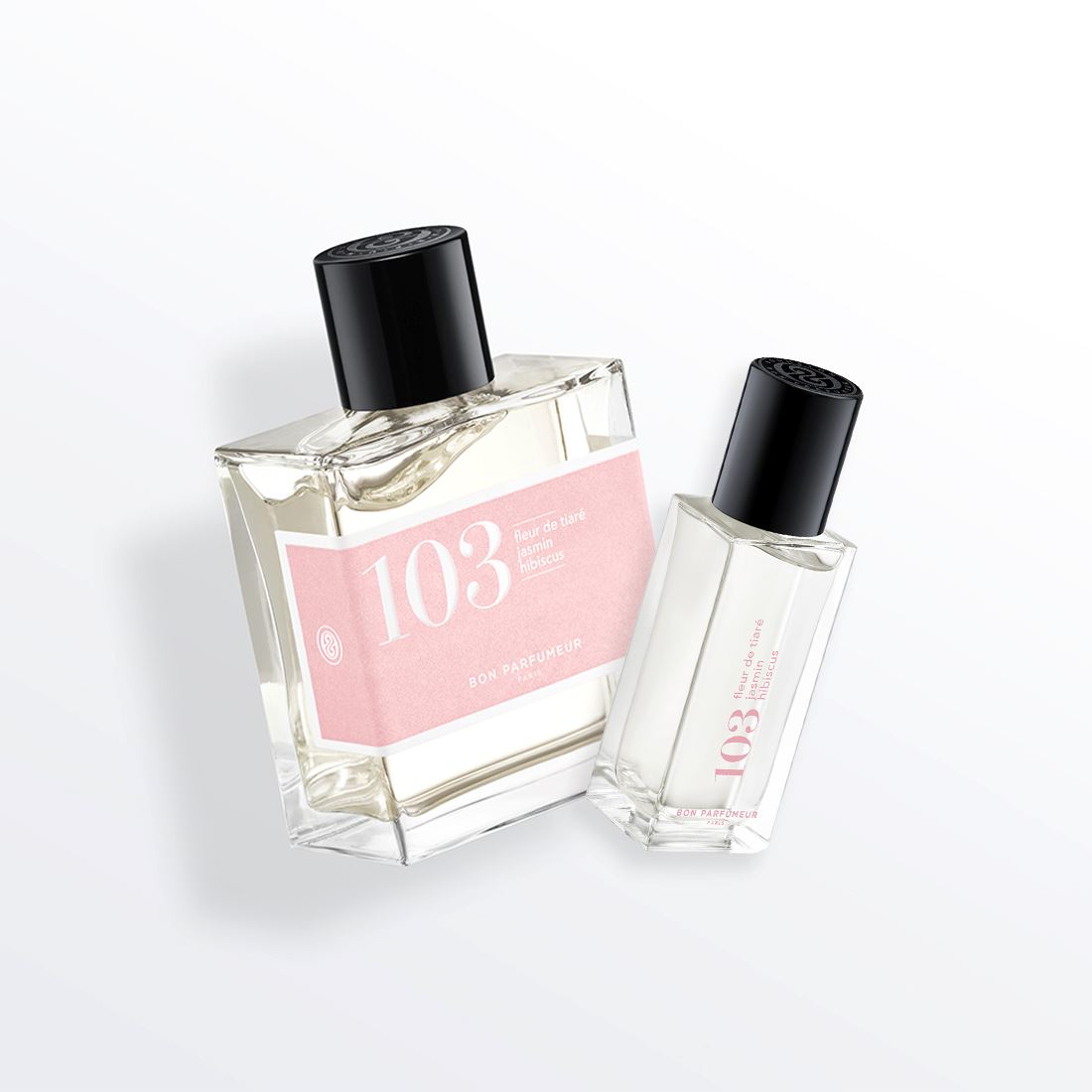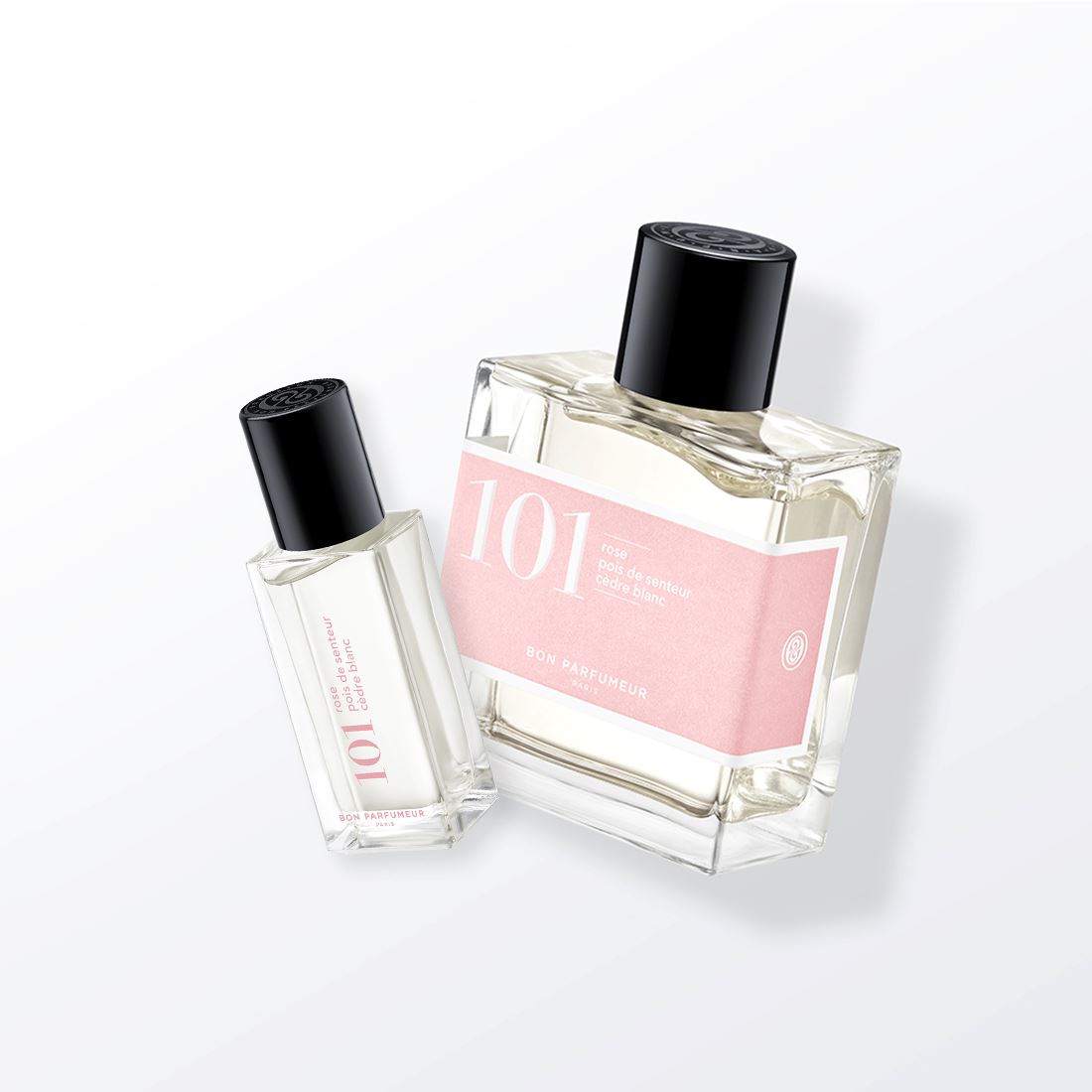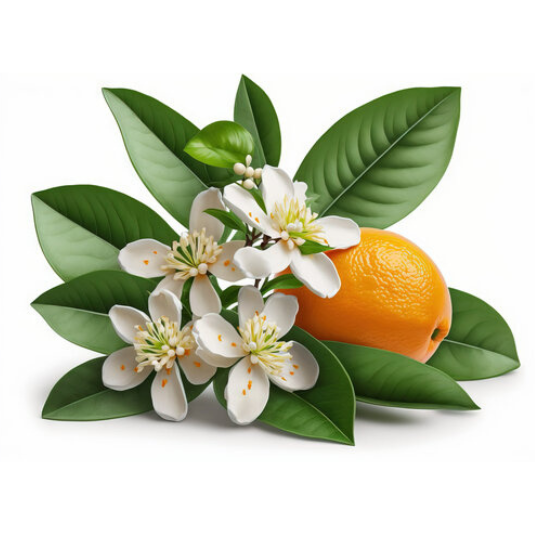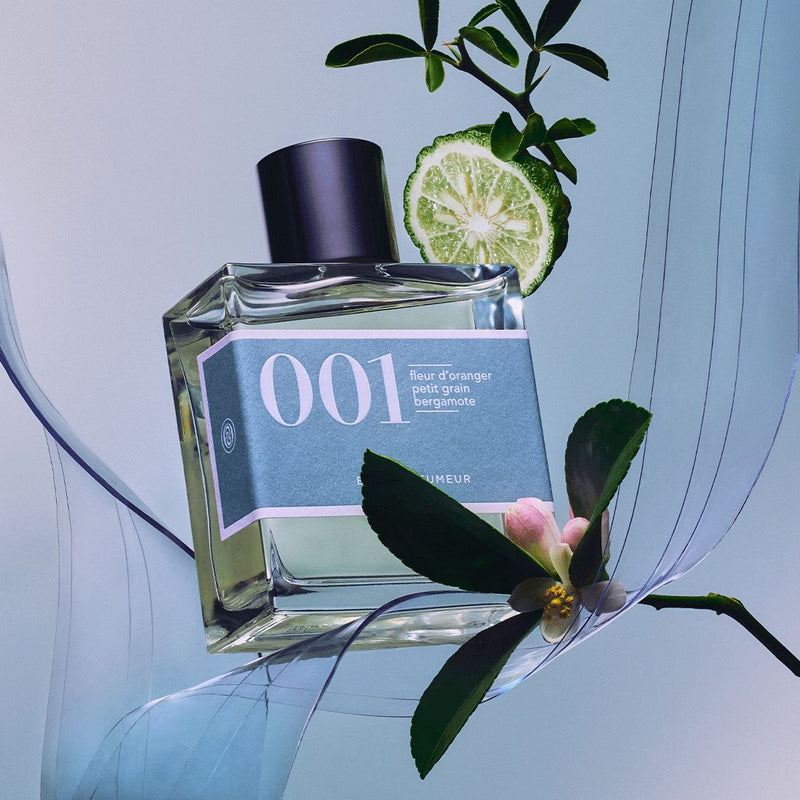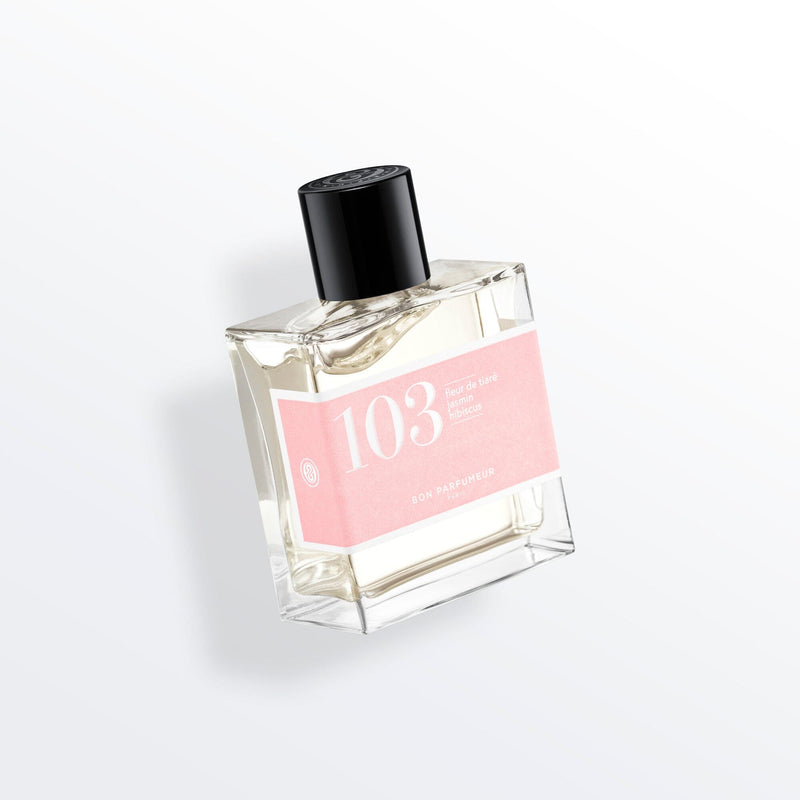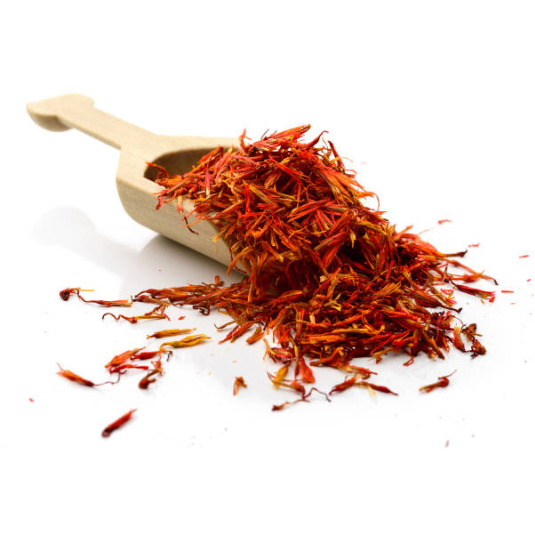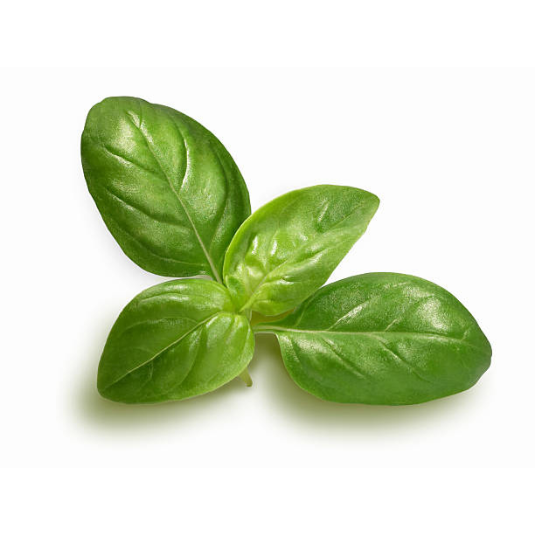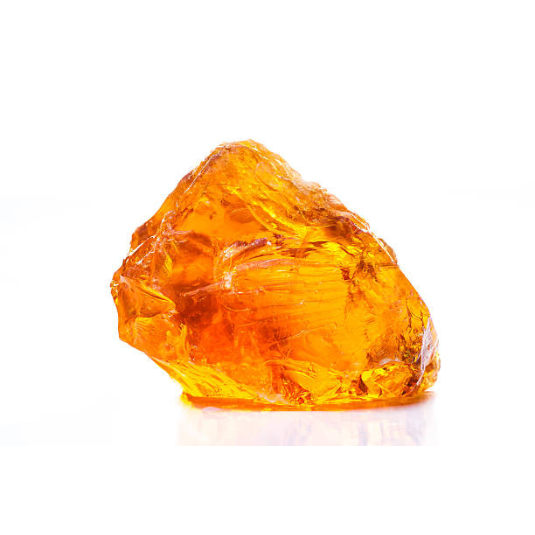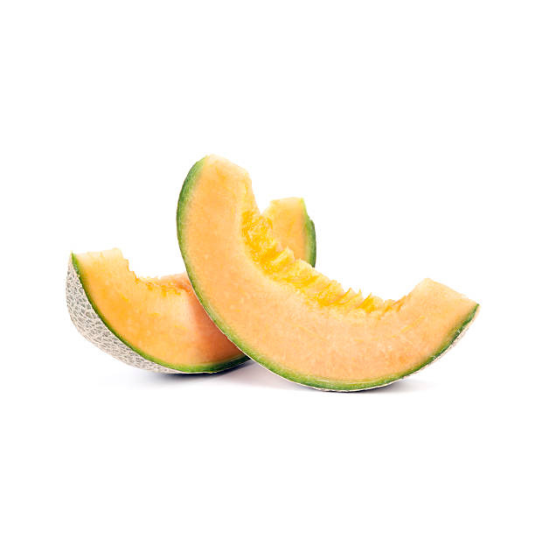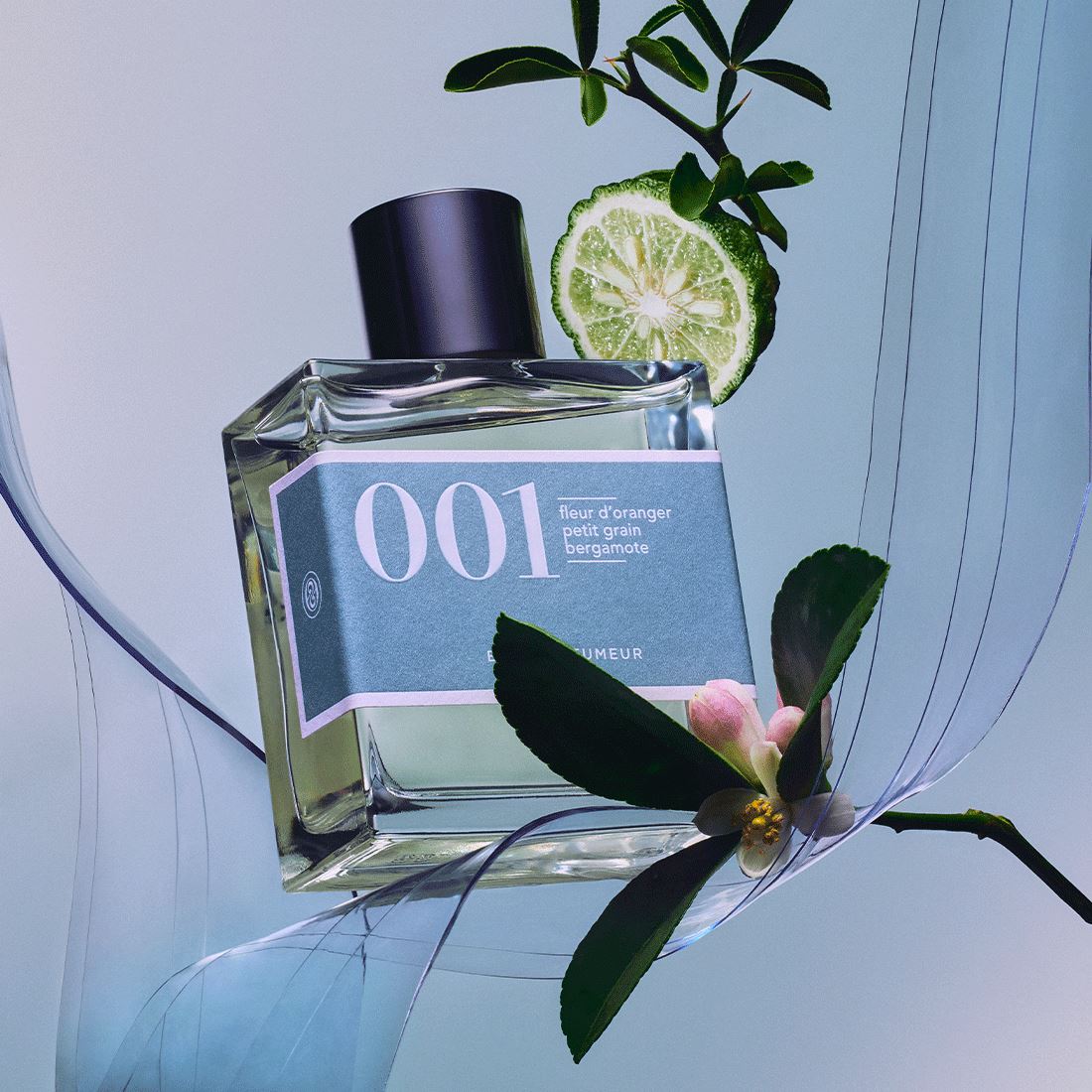SUMMARY 01. Name and etymology of the orange blossom 02. History of the orange blossom 03. Cultivation Method of the orange blossom 04. Treatment and transformation of the orange blossom 05. Benefits and virtues of orange blossom 07. Olfactory combinations with orange blossom 08. Well-Known perfumes with orange blossom 09. Bon Parfumeur perfumes with orange blossom
Name and etymology of the orange blossom
The name of the orange blossom comes from its appearance and its characteristic smell. Indeed, this white blossom diffuses a sweet and delicate perfume that reminds that of the orange. The term "orange tree" comes from the Latin "aurantium", which means orange. The orange blossom is also called "neroli", from the name of the Italian princess Anne-Marie de la Tremoille, countess of Nerola, a great lover of this scent. Legend has it that she perfumed her gloves and linens with orange blossom water, thus popularizing the use of this flower in perfumery.
History of the orange blossom
Appreciated since ancient times for its soft and sweet fragrance, this blossom has a rich history. The Arabs introduced it to Europe in the Middle Ages, where it quickly became popular. In the 17th century, the orange blossom was one of the favorite perfumes of the French nobility. It was used to perfume gloves, handkerchiefs and even hair.
In the 19th century, orange blossom became an important ingredient in the production of eau de Cologne. This light and fresh eau de toilette was created by the Italian perfumer Gian Paolo Feminis in 1709 and popularized by his nephew Jean-Marie Farina. At that time, the eau de Cologne was a great success in Europe. Today, it is still used and is often associated with freshness and cleanliness.
Origin of the orange blossom
The orange blossom comes from the bitter orange tree or bigaradier, a tree that grows mainly in the Mediterranean and Asia. The blossoms are harvested by hand during the spring season, when they are at their peak. The petals of the blossoms are then distilled to extract the essential oil, which is used in perfumes and cosmetics. Orange blossoms are also used in cooking, especially to flavor cakes or jams.
Cultivation method of the orange blossom
Orange blossoms are cultivated according to specific techniques to guarantee their quality and aroma. Orange trees are often grown in sunny and warm areas where the temperature varies little throughout the year. The trees are pruned regularly to ensure abundant blooming and maximum production of blossoms. The flowers are harvested by hand to avoid damaging the petals and are then hand sorted to keep only the best. The petals are then distilled to extract the essential oil, which is then used in the manufacture of perfumes and skin care products. Orange blossom cultivation is an important industry for many regions around the world, and the know-how has been passed down from generation to generation.
The blossom has become a symbol of the expertise of these growers, respected worldwide for their contribution to the perfume and cosmetics industry.
Production regions of orange blossom
Orange blossom is mainly produced in the Mediterranean regions of the world, including Spain, Tunisia, Morocco and Egypt.
- In Spain, the city of Seville is particularly famous for its bitter oranges, which are used to make orange blossom water.
- In Tunisia, the city of Nabeul is known for its production of orange blossom, which is used for various purposes such as the production of perfumes, cosmetics, and culinary products.
- In Morocco, the city of Marrakech is also known for its production of orange blossom, which is used in the production of traditional cosmetic products such as black soap and rose water.
- Finally, in Egypt, the production of the city of Fayoum is mainly intended for the production of perfumes and culinary products such as orange blossom tea.
Planting the orange blossom
Planting orange blossoms is a demanding activity that requires great attention and constant care. The blossoms must be hand-picked to perfection to preserve their aroma and quality. The plantations must be irrigated regularly and protected from pests to ensure the healthy growth of the blossoms. The blossoms are usually harvested in spring and distilled immediately to preserve their delicate aroma and freshness.
Harvesting the orange blossom
Orange blossom is usually harvested between April and May, when the blossoms are at their peak. Growers use careful harvesting techniques to ensure the quality of the crop and avoid damaging the delicate blossoms. They are then quickly processed to extract the pure essence of the blossom, which is used in the manufacture of various products.
The development of the orange blossom
The development of the orange blossom has enriched the perfume, cosmetics, and gastronomy industries with a precious and refined ingredient. Orange blossom perfume, in particular, is appreciated for its sweet and intoxicating floral scent, which evokes the beauty of nature and the serenity of the spirit. With its delicate nuance and versatility, orange folower has become a popular choice for beauty and wellness products, as well as for desserts and beverages.
Treatment and processing of orange blossom
Orange blossom is a precious ingredient that requires careful processing to ensure its quality and purity. After harvesting, the blossoms are quickly transported to a processing plant where they are treated to extract their pure essence. They can be processed in two different ways: extraction with volatile solvents allows us to collect the orange blossom absolute while with steam distillation, we recover the essential oil of neroli. The different essences collected are then used in the manufacture of eau de toilette, cosmetics, and wellness products. In addition, the orange itself also plays an important role in the production of orange blossom perfumes. Bitter oranges, also known as Seville oranges, are often used to produce orange blossom essence, as their skins contain essential oils rich in citrus flavors. The oranges are peeled by hand to avoid contamination of the essential oils, then their peel is dried and crushed to extract the essential oil. The branches and twigs of the bigarade tree allow it to produce the essence of petit grain.
Aromatic profile of the orange blossom
Depending on the treatment chosen, we obtain different aromatic profiles:
- The essential oil of neroli obtained by distillation, has an airy scent with hints of lavender and florals. It is regularly found in the top of the notes where it brings a fresh start.
- The extraction with volatile solvents allows to recover more odorous materials, which confers to the absolute of orange blossom more intense and animalic notes.
- The essence of petit grain gives a fragrance just as fresh and floral but has greener accents.
In addition to its delicate floral essential oil, orange blossom also contains a significant amount of citrus essential oil from the orange. This essential oil is obtained from the orange peel and has a fresh, fruity, and sparkling aroma. Orange essential oil is often used in fragrances to add a touch of energy and vibrancy to the scent.
Production stages of orange blossom
The manufacturing of orange blossom and orange perfume follows a meticulous process to ensure the quality and precision of the perfume. First, the essential oils are extracted from the flowers and orange peel by distillation or cold extraction. Then, the various essential oils are blended with other ingredients such as alcohols, fixatives, and thinners to create a balanced and complex fragrance.
The Benefits and Virtues of Orange Blossom
Orange blossom is not only appreciated for its sweet and floral fragrance, but also for its numerous health benefits. This delicate blossom has been used for centuries in traditional medicine for its soothing and relaxing properties. It is also rich in antioxidants and vitamin C, making it an excellent ingredient to protect the skin from free radicals and stimulate collagen production. In addition to its antioxidant properties, orange blossom is also known for its anti-inflammatory and antispasmodic properties. It can therefore be used to relieve menstrual pain, muscle spasms, headaches, and joint pain. In addition, orange blossom is an excellent natural remedy to calm the nerves and help fight insomnia and anxiety.
Use of the orange blossom
Orange blossom is a valuable ingredient in the perfume and cosmetics industry. It is frequently used in women's perfumes for its sweet and elegant scent. It is also used in lotions, creams, body care products and soaps for its soothing and moisturizing properties for the skin.
The different uses of the orange blossom
The different uses of this flower are numerous and varied, and its benefits for health are not to be proven anymore. It is therefore important to pay attention to the quality and origin of the products, always favoring brands recognized for their expertise and their commitment to ethical and responsible production.
Use of orange blossom in perfumery
Orange blossom is a precious ingredient in perfumery, used for centuries to create suave and delicate fragrances. The floral notes of orange blossom absolute are often combined with fruity or spicy notes to create a fresh and sensual scent. Orange blossom is also used as a heart note in many perfumes, bringing depth and roundness to the composition. However, orange blossom should be used sparingly, as its scent is very powerful.
Orange blossom olfactory combinations
As a key ingredient in perfumery, orange blossom creates a beautiful harmony with a variety of other olfactory notes. To create a soft, romantic floral scent, orange blossom can be combined with rose and jasmine. For a fruitier scent, it can be blended with citrus notes such as mandarin and bergamot. For a more spicy and sensual composition, it can be combined with notes of vanilla, cinnamon or musk. Orange blossom is also a common ingredient in oriental fragrances, where it is combined with notes of precious woods and spices such as saffron and chili to create rich, warm scents perfect for the colder months.
Well-known orange blossom perfumes
There are a variety of orange blossom perfumes on the market that have earned their credentials:
- One of the best-selling perfumes is Tom Ford's famous Neroli Portofino. Inspired by the Italian Riviera, this unisex eau de parfum combines neroli with Italian citrus (bergamot, mandarin) and lavender.
-Libre by Yves Saint Laurent opens with a vibrant fusion of lavender and mandarin orange, creating an invigorating burst of freshness. As it evolves, orange blossom note and jasmine add a sensual and feminine touch, while a base of vanilla and ambergris provides a warm and captivating trail.
-Parfums de Marly Safanad: Parfums de Marly is a prestigious fragrance brand and Safanad is an enchanting orange blossom perfume that exudes elegance and sophistication. The floral accords of iris and orange flower add a touch of femininity and refinement.
- Serge Lutens Fleurs d'Oranger: It also draws its inspiration from the Mediterranean and more precisely from Morocco to propose the eau de parfum Fleur d'Oranger. Worked like a real floral bouquet, this seductive creation combines orange blossom, jasmine, and white rose.
- Morocco also inspired L'Artisan Parfumeur to develop Histoire d'Oranger eau de parfum. A fragrance combining the fresh breath of orange blossom and neroli with the powdery, almondy warmth of tonka bean. The brand also offers La Chasse aux Papillons as an eau de toilette and an eau de parfum with orange blossom and fresh floral accents.
- Jo Malone London Orange Blossom Cologne : this luminous perfume is inspired by the intense, bewitching scent of an orange garden discovered by Jo Malone during a trip to Los Angeles. Jo Malone oranger blossom, for both men and women, is structured around an orange blossom with hints of lemongrass and lilac.
- In the fresh floral department, there is also Prada's Infusion de Fleur d'Oranger: a fragrance mixing jasmine, orange blossom and mandarin.
- Maison Goutal also offers a delicious fresh floral scent with Eau d'Hadrien: a combination of citrus (lemon, grapefruit and citron), orange blossom, basil and a woody note of cypress. The brand also revisits the orange blossom in a powdered version with its unisex eau de cologne Neroli evoking memories of Greece.
- The orange blossom is also available in a solar version as in the eau de parfum La Fille de L'Air by Courrèges. Inviting to freedom, this fragrance is composed of orange blossom, neroli and white musk.
There are also other fragrances integrating the orange blossom within more complex floral compositions like Belle de Nuit by Fragonnard. This eau de toilette reveals a heart of white blossoms composed of gardenia, ylang-ylang and rose. Finally, La Vie Est Belle by Lancôme is also a great success with women with its notes of orange blossom, and pink pepper.
Bon Parfumeur orange blossom perfumes
Orange blossom is an essential ingredient in the Bon Parfumeur workshop, as it is the key ingredient in our bestseller: the 001 cologne. Enhanced with citrus notes of bergamot and petit grain, it is the embodiment of a timeless cologne. A must-have fragrance that we all love for its comforting softness and singular elegance.
Orange blossom is also found in eau de parfum 002, but this time in its neroli version, fresher and more airy. In this floral variant, the perfumer decided to accompany the heart of neroli with luminous notes of jasmine and comfortable base notes of white musk.
Orange blossom is also available in a 100% unisex woody version. Eau de parfum 003 is a very good example. Neroli is used here as a heart note. It is a perfect match with the citrus notes of yuzu and the woody background of vetiver.
Finally, if you want a more woody fragrance, opt for 602 eau de parfum, which will seduce you with its combination of neroli, patchouli and vetiver.
